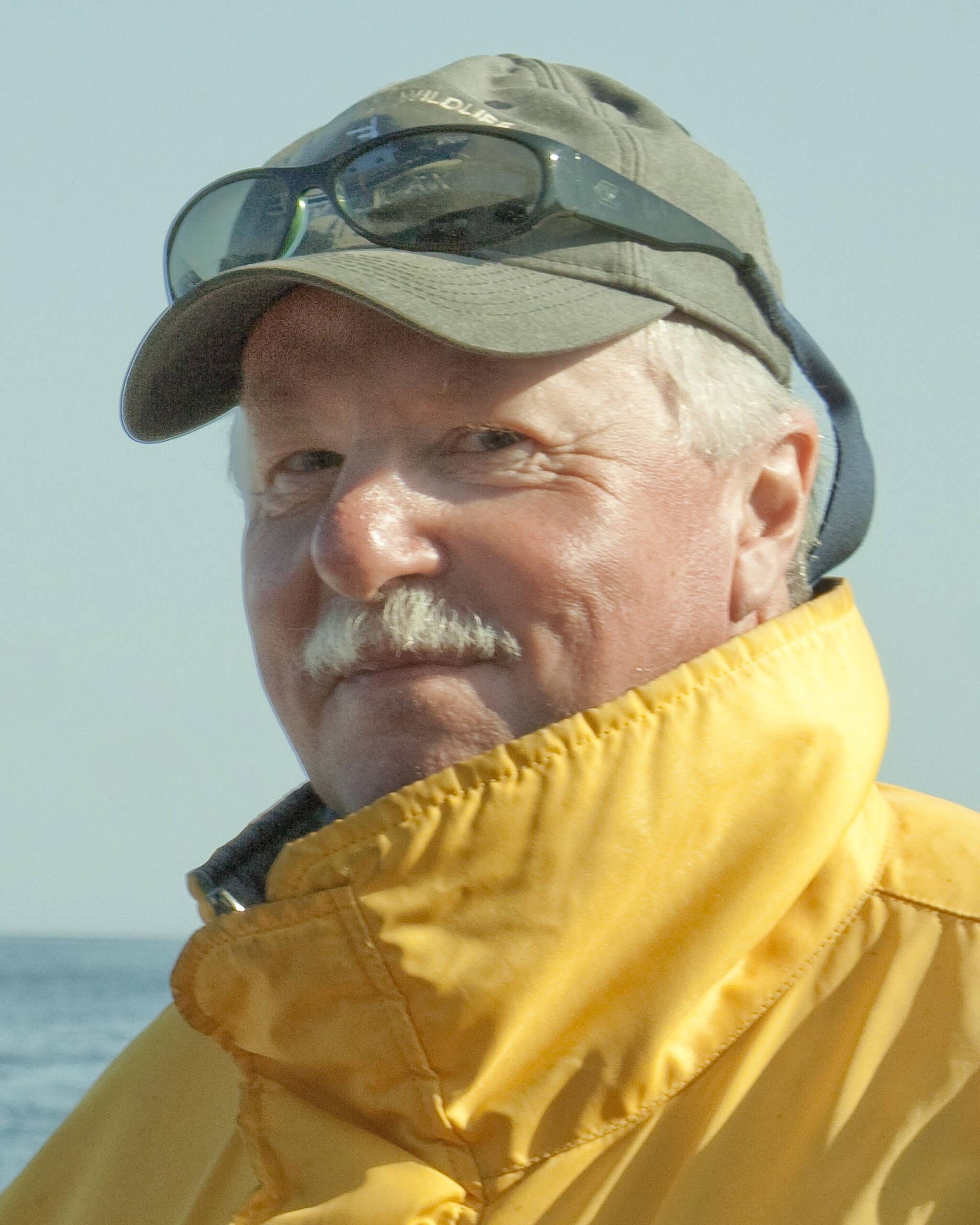In order to understand what’s going on with COVID-19, we need to be able to more intuitively grasp what all of the numbers and percentages and risk factors actually mean. We also need to understand the context of the numbers because numbers by themselves mean nothing. Without knowing what the numbers reference, or worse being misled into assuming a false reference, we will not be able to form sound opinions and make good decisions.
As we take a detailed look at the numbers, one fact is very clear: The most important thing to understand is that about 98-99% of hospitalizations are currently unvaccinated people. Only one out of 100 people hospitalized with COVID-19 is vaccinated. Ninety nine out of 100 hospitalized COVID-19 patients are unvaccinated. Comparing risks then means that in terms of avoiding serious COVID-19, staying unvaccinated is about 100 times more risky than getting vaccinated. By refusing to get vaccinated, you are making a very risky choice.
Vaccines are safe: Death or severe reactions are very uncommon.
Five billion, 900 million doses have been given worldwide, with 181 million people in the U.S. fully vaccinated. Rarely, serious reactions will occur as with any vaccine. Deaths on the order of 0.000020 have been reported even though the relationship to the vaccine was not determined. The FDA has fully approved the Pfizer-BioNTech COVID-19 vaccine, and will soon approve others, including shots for children ages 5 to 11.
COVID-19 is dangerous: Death after catching COVID-19 is not that uncommon, about 1.5%.
About 1 in every 150 people who catch COVID-19 dies from it. This information, although true, can also be presented as a roughly 98% survival rate, which in one sense is reassuring, but fails to account for the tremendous variability in severity due to individual age and risk factors.
Dr. Thomas Giordano, professor of medicine and section chief of infectious diseases at Baylor College of Medicine, said “one in 500 people in the U.S. has died from COVID-19. To try to trivialize it and say it’s nothing, it doesn’t matter; I think it’s just a gross mischaracterization of what we are all living through.”
For the Kenai Peninsula Borough, as of Sept. 20, total confirmed cases were 7,761 and confirmed deaths were 30. About one out of every 250 cases results in death, about 0.40%.
It’s difficult to estimate the risk of getting hospitalized with COVID-19. Risk varies by age groups. Older people tend to get much sicker with COVID-19, but children now account for more than one in five cases. The number of hospitalized COVID-19 patients in the borough has risen in the last week (+38%) as has the number of reported cases (about 49 per day). The borough is now at an extremely high risk level for unvaccinated people. Providence Hospital in Anchorage is now rationing care due to crisis levels of patients. COVID-19 is not going away. COVID-19 is the third leading cause of death in the U.S.
The chance of dying or getting severely ill from COVID-19 if you are fully vaccinated is very small.
More than 99.99% of people fully vaccinated against COVID-19 have not had a breakthrough case resulting in hospitalization or death.
Beyond severe cases, an analysis of official state data from the Kaiser Family Foundation showed that breakthrough cases of any kind are also extremely rare.
About half of states report data on COVID-19 breakthrough cases, and in each of those states, less than 1% of fully vaccinated people had a breakthrough infection, ranging from 0.01% in Connecticut to 0.9% in Oklahoma.
The KFF also found that more than 90% of cases — and more than 95% of hospitalizations and deaths — have been among unvaccinated people. In most states, more than 98% of cases were among the unvaccinated.
In the borough, if you are not vaccinated, you will almost certainly be infected, sooner or later, with the COVID-19 delta variant.
If someone catches COVID-19, their overall chances of dying are about 0.67%, and of these 67 deaths per 100,000, about 99% of them will be in unvaccinated people. There is about the same level of protection against being hospitalized.
COVID-19 is serious and increasing in Alaska. We must get more people vaccinated. Vaccines are free, safe and our only hope for stopping this pandemic.
Do it for yourself, do it for your family, do it for our doctors and nurses, and do it for our community.
Michael Schallock is a longtime Homer resident who studied pharmacy at the University of Wisconsin, joined the United States Public Health Service in the early 1970s, and received a doctorate in clinical pharmacy from the University of Minnesota in 1979 where he specialized in pediatric nutrition and computer modeling of drug dosing for infectious diseases. He served as the first Chief Information Officer for the Alaska Native Medical Center.



